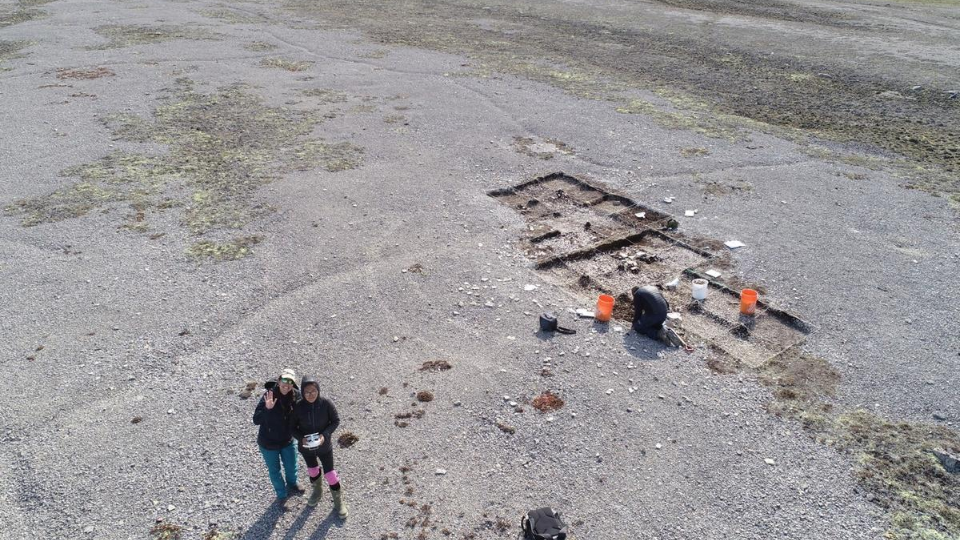My sincerest appreciation for the support that this financial award had provided me in my ability to complete my field research. This summer (June 9-August 6th 2019) I travelled to the Canadian High Arctic (Inuit-Owned land) to complete my archaeological fieldwork in the Igloolik area, and to lead a youth education camp in conjunction with Nunavut Arctic College (the leading post-secondary education institution with campuses throughout Nunavut, funded by the Government of Nunavut). As the primary investigator of this field season, my job to was to organize and lead 5 individuals to conduct archaeological surveys and excavations on Igloolik island near the Igloolik hamlet/community (June 9-July 1)and off island in a remote area known as a Alarniq on the Melville Peninsula (Juy 1st-August 6th). While in the Igloolik community we also led the youth camp in which I was the lead supervisor and organizer, through my registered charity the Walker Education and Research Foundation (founded in honour of my brother and my father). The camp involves a series of activities and educational worksheets focused on archaeology and local history, but which taught applied skills of social cooperation, critical thinking, and creative design in the process. The camp was aimed at children between the ages of 9 and 12, but we had several younger children attend as well (6-8), for which we modified our activities into an acceptable form.
Regarding fieldwork, our objectives were to better understand long term settlement of a now extinct Pre-Inuit people called the Tuniit (i.e. Paleo-Inuit, Paleoeskimo), who occupied the Igloolik area 4000-800 years ago. Specifically, we were interested in sites that were repeatedly revisited/resettled over the millennia, and how these places were socially developed and understood over time as people moved around the landscape. Understanding place-making practices and how they relate to local cultural identity is especially significant as modern Inuit identities are intrinsically place-based, with the suffix “-miut” (i.e. “people of”), being attached to place names to identify local and regional cultural identities throughout the Canadian Arctic, for example, the Iglulingmiut are “the people of Igloolik”, but they are also Nunavummiut “the people of Nunavut”. As local knowledge and oral history in Igloolik describe cultural and spiritual connections between Tuniit and Inuit, these questions surrounding place-making and place-based identities are connected through the histories of these areas and the impact of social and environmental modifications. The research helped to shed light on the relationship between contemporary cultural identities and Indigenous self-determination in this time of industrial exploration, climate change, and globalization.
The funds provided by this grant helped to fund my travel to this remote region, without which fulfilling our research project would not be possible. This data has already help yield important insights into how these areas were revisited, specially how settlements faced one another. For example, earlier settlements at Alarniq face west (towards the Island of Kapuivik, where a major settlement is known), and gradually settlements shift to face Igloolik. These visual placements speak to the relationships of places through time in the Igloolik area. These findings, and my dissertation research, are shaping new, more human-oriented research questions that provide a foundation for further work in Indigenous archaeology and community-based research initiatives.
Thank you kindly to Mr. Schull and Ms. Yang for the support!
Samantha Walker, PhD candidate in the department of Anthropology.



